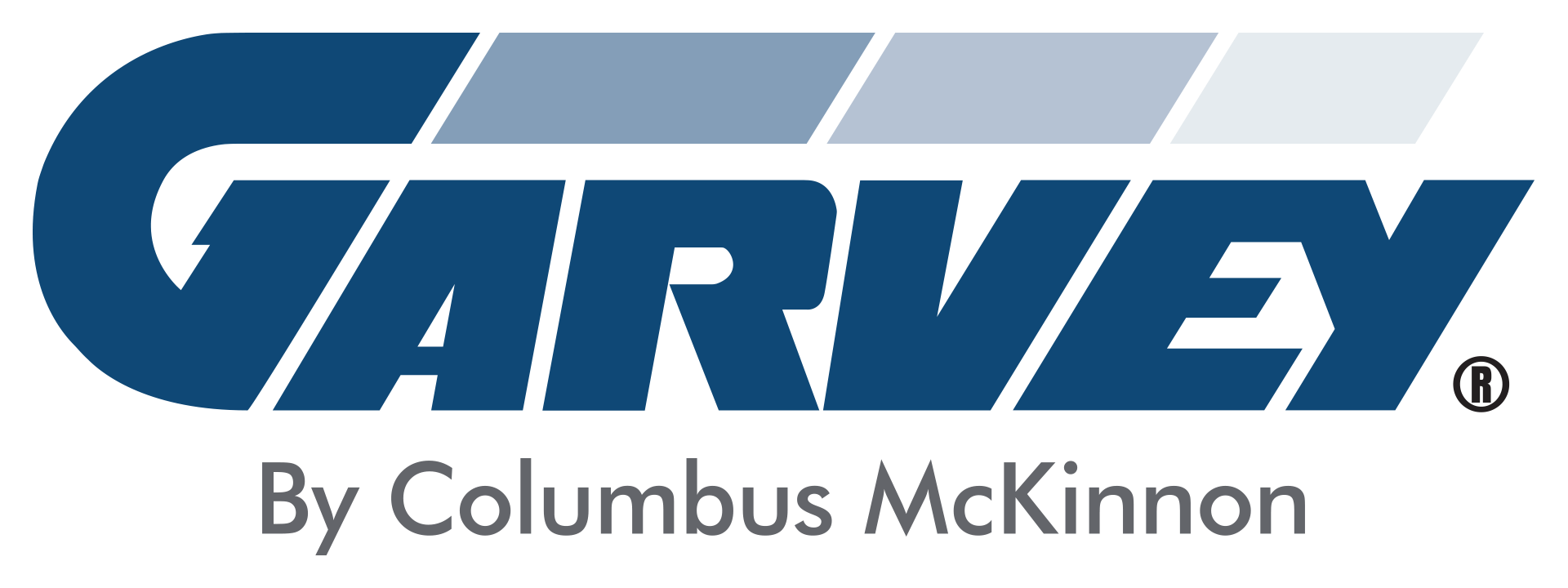Whether your favorite football team has its eyes set on a Lombardi Trophy or a top prospect in the draft, you want them to have the best chance of winning. Most experts know the game is usually won in the trenches, and the numbers support it. The Philadelphia Eagles have a .626 winning percentage when Lane Johnson plays. And when he doesn’t, their winning percentage drops to .389.
Having superior line play (and a future Hall of Fame offensive tackle) leads to success, and it starts with designing a line made up of the right group of players who can work together as a unit to achieve team goals.
In manufacturing, designing and carefully implementing a production line could increase efficiency, productivity, and safety. We’ll walk you through a winning line design strategy to achieve your production goals and grow your revenue.
Define Production Goals and Objectives
To get started, you must clearly define your production goals and objectives. Are you looking for ways to increase throughput on an existing line, add a second line to meet demand, transform a line to introduce new products, etc.?
As a team, consider what production volume and target output you will need from your line to be successful. Look at the quality and safety standards required from your processes to avoid disruptive outcomes. And calculate the budget you’ll need to make your vision a reality.
A clear plan with measurable objectives will serve as a foundation for the entire design process and help you define your vision to any OEM manufacturers or integrators you work with to design and implement your production line.
Perform a Product Analysis
Knowing your product dimensions and requirements will help you throughout the design process, including selecting equipment and establishing quality standards. If you don’t align your line with your products, you will likely see more collisions, breakages, and rejections, affecting throughput, efficiency, and revenue.
For example, some products are considered unstable as they may be fragile or have a high center of gravity, making them harder to balance. Wine bottles, electronics, and some raw food products require gentler handling and a carefully designed layout that minimizes movement and ensures proper spacing.
With an intricate knowledge of your products, you will be better able to make effective decisions on equipment, layout, accumulation, automation, and processes that support what will be moved and handled on the line.
Map and Lay Out the Production Process
Knowing each step of the production process will help you identify its critical stages and potential bottlenecks and determine a proper layout. You will also want to closely examine your machinery and equipment to ensure everything supports your production process.
During our line analysis, we determine if your line could benefit from accumulation by looking at the capacity, speed, and reliability of every machine on the line. We want to identify the constraint and ensure it keeps running. This often means adding buffer zones through accumulation to increase throughput and prevent downtime. If a machine has a prominent issue, we may recommend replacing that first to make the most significant impact.
In addition to equipment output and downtime, we will also look at the physical layout of your production line and available space to minimize excessive movement and ensure a logical sequence of processes to move products downstream quickly and efficiently.
Having the right equipment in the correct order and buffer zones to support consistent line flow will reduce lead times and increase productivity.
Add Advanced Automation
Incorporate technology for handling unstable products, increasing speed, and enhancing quality control whenever possible. Sophisticated robotics with vision systems, for example, enable case packers to pick and pack products and identify defects before they get shipped out.
Adding sensors, robotics, IoT, predictive maintenance monitoring, and other automated technology to your line can elevate your production capabilities, synchronize your processes, and reduce your reliance on manual labor, which is prone to errors, fatigue, and inconsistencies. It can increase flexibility and precision and minimize waste from improper handling and poor quality control.
Conduct Risk Assessments and Testing
As you work with your team and partners to optimize the layout and add high-speed automation, ensure any necessary risk assessments are performed and analyzed throughout the production process to ensure employee safety and compliance with all relevant regulations. You want to create a safe work environment for everyone on the floor.
Additionally, a robust training program will support smoother operations and safety. As you confirm your processes and seek feedback from your team, create standard operating procedures (SOPs) to contribute to consistency and quality and test regularly to ensure employee understanding and compliance.
As a lean manufacturing company, we believe in continuous improvement to eliminate waste and optimize effort. Look at Kaizen and other ongoing improvement models to help you create systemic upgrades as you receive more data from your systems and feedback from your floor teams.
Explore Ways to Create a Winning Line with Garvey
From defining production goals to executing continuous improvement strategies, designing a winning line requires intensive planning and follow-through to achieve your goals. You need to know everything about your line, including your target output, equipment, products, floorspace, worker capabilities, regulatory requirements, potential bottlenecks, hazards, etc.
We strongly believe the time and effort you put into your line design can go a long way in achieving immediate and long-term success, whether you’re in manufacturing or the NFL. If you’re interested in improving and increasing your productivity and efficiency, schedule a complementary line analysis today to see if accumulation should be part of your winning strategy.




